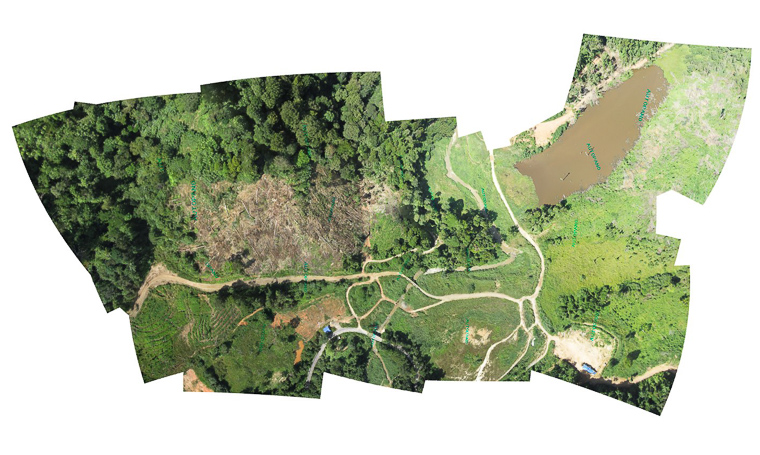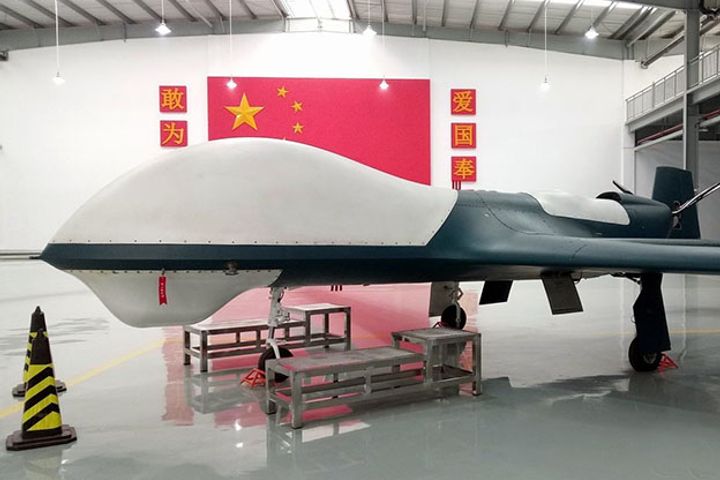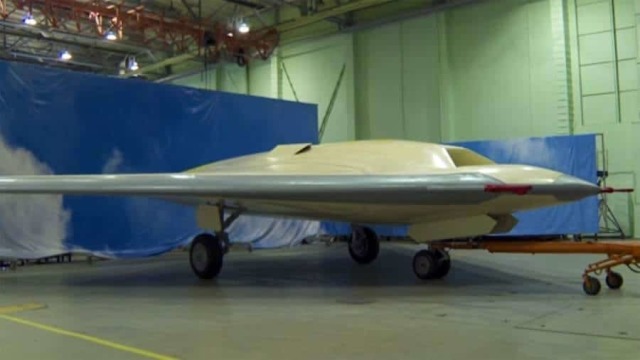
Chinese companies hold $3.7 trillion worth of foreign-exchange reserves. China could easily use these funds to expand its plane industry if it had the opportunity. China would prefer not to invest in a new fighter-jet, but it would instead buy planes from France, the U.S., and other countries. McKinsey's aerospace and defense practice is led by John Dowdy.
Innovation is encouraged by the use of competitive intelligence in the aerospace and defence sector
Competitive intelligence is vital for the aerospace/defense sector, regardless of whether it's a new product or an improvement project. Aerospace and defense are highly concentrated with only a few players. Many companies have large budgets, and need millions of parts and support systems in order to keep their aircraft flying. This does not necessarily mean these companies are immune to competition. Competitive intelligence is the process of gathering and analyzing industry data to provide actionable insight that fosters forward-thinking.
This sector is characterised by fierce competition among key players. As a result, many companies are aggressively seeking out acquisitions. Boeing purchased ForeFlight, and it has worked with the company to develop aeronautical charts since. Competitive intelligence is crucial to stay ahead of the competition in the aerospace and defense sectors. IFS can identify new opportunities for aerospace companies through its specialized expertise.
Programs in trouble
The firm's success in cultivating government clients is the ultimate sign of its 70-year mission. McKinsey began pushing the idea that businessmen should succeed civil servants in management roles in the 1950s. This self-interested approach was perfectly calibrated for the Cold War environment. McKinsey despite her self-interest was able woo the fledgling National Aeronautics and Space Administration through its 1960 report on an efficient and more cost-effective way of designing spacecraft.

The controversy over the firm's work has been raised. The General Services Administration (GSA), which oversees federal procurement, canceled two government-wide contracts with the firm, including one that earned nearly $1 billion between 2006 and 2019. The company argued the contracts were too expensive and had high risk. However, the GSA located a GSA Supervisor who supported the firm's actions despite the fact he had a history favoritism.
Profit from the supplier network
Inventory tends to be higher in commercial aerospace than it is in defense. Focusing on this problem in an industry where inventory is king can help companies achieve a 50% inventory reduction. But how do you do that? Here are some tips to increase the efficiency and effectiveness of your supply chain. First, understand the dynamics of your supply chain. A commercial aerospace company may need to have twice the inventory of an industrial competitor. This ecosystem's complexity is especially difficult for commercial aerospace companies. These companies tend to have large inventories or work with sole-source vendors.
This type transformation requires investments in development, capital expenditures and inorganic growth opportunities. This sector spends a lot on research and development. But there are many opportunities to access large amounts of cash and make that money valuable. It is important to know where to look and how you should proceed. By following these tips, aerospace and defense companies will be well on their way to double-digit improvement in all of their value drivers.
Capitalizing on the market environment
Aerospace companies have not consolidated operations or changed the composition of their business during economic downturns. They focused on the turnaround of troubled programs and the acquisition of pivotal new programs that would boost business performance as well as deliver large returns to shareholders. During these times, winning new large defense programs is the key to survival, and companies that repositioned aggressively and early were better positioned to benefit from a rebound in defense spending.

The current global economic crisis is weighing heavily on air travel and military equipment. Meanwhile, U.S. airlines are heavily leveraged and experiencing declining profits. They are also cancelling airplane orders and the orders for next five years are substantially overstated. There are other areas that are highly desirable, including commercial aircraft refurbishment and night-vision technology for law enforcement. In addition, defense companies need to focus on changing the industry structure and developing a technical approach to reduce costs.
FAQ
Is drone regulation regulated by the FAA
The FAA supervises all aspects related to drone operations, including certification requirements and safety standards.
Which drone is best for beginners?
The DJI Phantom 2 Vision+ is one of the popular beginner drones available today. This drone comes with a 4K camera which can be used to take aerial photos and videos. This drone can be navigated using the built-in GPS.
Can someone spy on your with a drone
Yes, anyone can fly a drone and spy on you. The only way to protect yourself from drones is to be aware of them and avoid areas where they may fly. You should immediately call 911 if you see a drone fly around.
Is it necessary to have special training in order to fly a drone
To fly your drone, you don't have to be an expert in flight mechanics. You only need a remote controller unit and basic knowledge about flight mechanics.
Are drones allowed to be used at public events
You can fly your drone anywhere you like, provided you adhere to the rules. However, if you plan to fly your drone during a public event such as a parade, festival, or concert, you will need approval from the event organizers.
What US states have drones made legal?
A drone can be legally operated for recreational purposes. The Federal Aviation Administration has created guidelines to allow small unmanned aircraft system (UAS) use. These UASs must first be registered with FAA to be allowed to be flown. If certain conditions are met, the FAA allows commercial operators to fly these UASs.
Statistics
- According to the multiple listing service (MLS), houses and apartments with drone photographs are up to 68 percent more likely to sell than those without pictures. (thedroneu.com)
- Research and Markets predict a growth rate of 51.1% over the next five years. (thedroneu.com)
- With the top 10% making over $100/h and the bottom 10% making as low as $10/h. (dronesgator.com)
External Links
How To
How to Fly Drones for Beginners
A drone can be used to fly remotely controlled aircraft for photography, surveillance, scientific research, hobby and commercial purposes. Drones are a technology that has been around since World War II. DJI introduced their Phantom series of quadcopters in 2010, but commercial use only began in 2010. Many types of drones have been made available since then, from beginner-friendly models such as the Parrot AR Drone 2.0, to high-end multi-rotor craft such as the DJI Mavic Pro.
There are many methods to fly a Drone, including
-
Remote control: This uses a remote control device that attaches to your hand and allows you control the drone along its flight path. There are two main types for controllers: Joysticks or On/Off switches, which can be used to control the drone's flight path.
-
Manual Control - This method uses a smartphone app to remotely control the drone using GPS coordinates. You will need to keep track of where the drone is going and follow the directions from the app.
-
Autonomous Flying - This allows the drone to take over all of the piloting duties. It is basically flying autonomously and without human intervention. To enable autonomous flight, the drone should have a built in camera and sensors capable recording images and data.
-
Triggered Flight – This method is very similar to manual flight. The pilot creates a route that the drone will follow until it reaches the destination. After the program is complete, the drone automatically returns to the ground.
-
Landing Gear – Some drones are equipped with landing gear, which allows them to safely land if they lose power during flight.
-
Goggles - Pilots may wear goggles to shield themselves from flying debris.
-
Camera - Certain drones come with cameras that allow you to take photos and videos from high above.
-
Obstacles – Some drones have obstacle avoidance systems that stop them from colliding with obstacles.
-
Speed - Some drones reach speeds exceeding 40 mph.
-
Battery Life: Most drones have a battery life of between 20 and 30 minutes depending on how many power sources you use.
-
Some drones have a range of up to 30 miles, depending on their model.
-
Power source - Not all drones can use an external power source. Others can run on internal batteries.
-
Weight - Some drones are lighter than others, while some models can weigh as much as 4 pounds.
-
Size - Drones come in many sizes, from small gadgets that fit in one's hands to large craft that weigh more than 50 lbs.
-
Price – All drones fall into a price category. These range from expensive models that cost thousands to affordable options that start at 100 dollars.